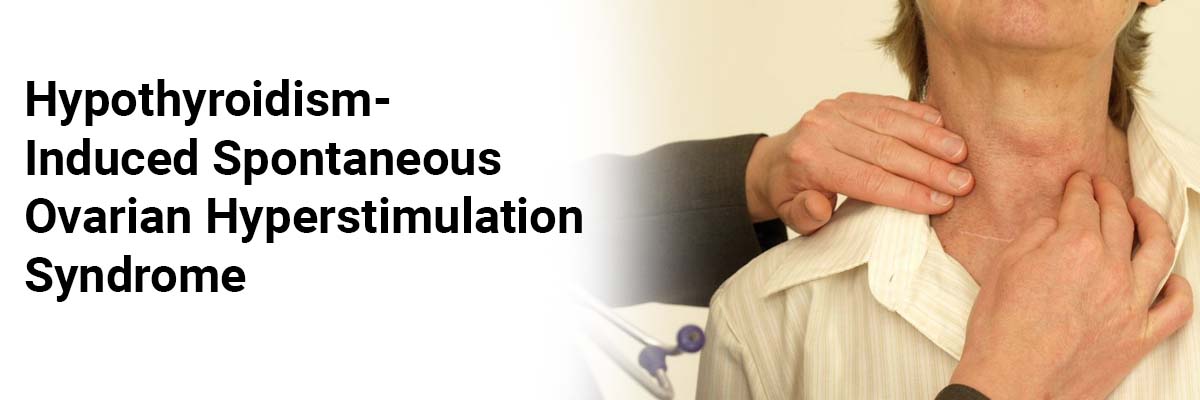
 IJCP Editorial Team
IJCP Editorial Team
Hypothyroidism-induced spontaneous ovarian hyperstimulation syndrome
A
17-year-old unmarried female presented to the gynecology department with
complaints of persistent lower abdominal pain and distension lasting for 25
days.
On
examination, the lady elicited lower abdominal tenderness. Blood and
biochemical tests revealed a low hemoglobin level (9 mg/dl), significantly
elevated TSH level (486 µIU/ml), and decreased free T4 level (0.35 ng/dl), indicative
of primary hypothyroidism.
Pelvic MRI
displayed bilateral markedly enlarged ovaries with variable-sized cysts
exhibiting thin internal septations. Some cysts exhibited hyperintense contents
on T1-weighted imaging with blood-fluid levels on T2-weighted imaging. The
right ovary measured 12 x 19 x 13 cm³ (AP x TR x CC), while the left measured
10 x 14 x 11 cm³ (AP x TR x CC), accompanied by mild free fluid in the pelvis.
Tumor markers were within normal ranges, including – CA-125, alpha-fetoprotein,
and beta HCG.
Consequently,
the patient commenced thyroxine treatment at 100 µg/day, resulting in
symptomatic improvement within a week.
Subsequent
follow-up after one month showed alleviation of abdominal symptoms, with a
reduced TSH level of 22 µIU/ml. Ultrasound evaluation demonstrated a notable
decrease in bilateral ovarian volume and cyst size.
Treatment
continuation led to near-complete resolution of ovarian enlargement and cystic
changes after three months, with normal ovarian volume evident on follow-up
ultrasound. The patient's TSH level decreased to 14 µIU/ml.
Given the
clinical, biochemical, and imaging findings, a diagnosis of spontaneous ovarian
hyperstimulation syndrome (OHSS) in primary hypothyroidism was proposed. The
patient received ongoing medication and regular follow-up, highlighting the
occurrence of spontaneous OHSS in non-pregnant women without ovulation
induction therapy.
Clinicians should consider this rare diagnostic possibility in cases of unexplained bilateral cystic ovarian masses, emphasizing the importance of evaluating for hypothyroidism in spontaneous OHSS cases. The comprehensive evaluation of clinical, radiological, and laboratory findings facilitates prompt diagnosis and management.
Source: Pail SM,
Bagri N, Ghas RG. New Indian J OBGYN. 2023;10(1):229-32.

IJCP Editorial Team
Comprising seasoned professionals and experts from the medical field, the IJCP editorial team is dedicated to delivering timely and accurate content and thriving to provide attention-grabbing information for the readers. What sets them apart are their diverse expertise, spanning academia, research, and clinical practice, and their dedication to upholding the highest standards of quality and integrity. With a wealth of experience and a commitment to excellence, the IJCP editorial team strives to provide valuable perspectives, the latest trends, and in-depth analyses across various medical domains, all in a way that keeps you interested and engaged.




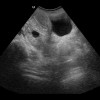
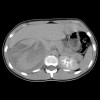




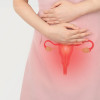





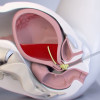

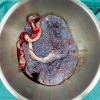
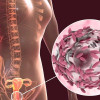

Please login to comment on this article